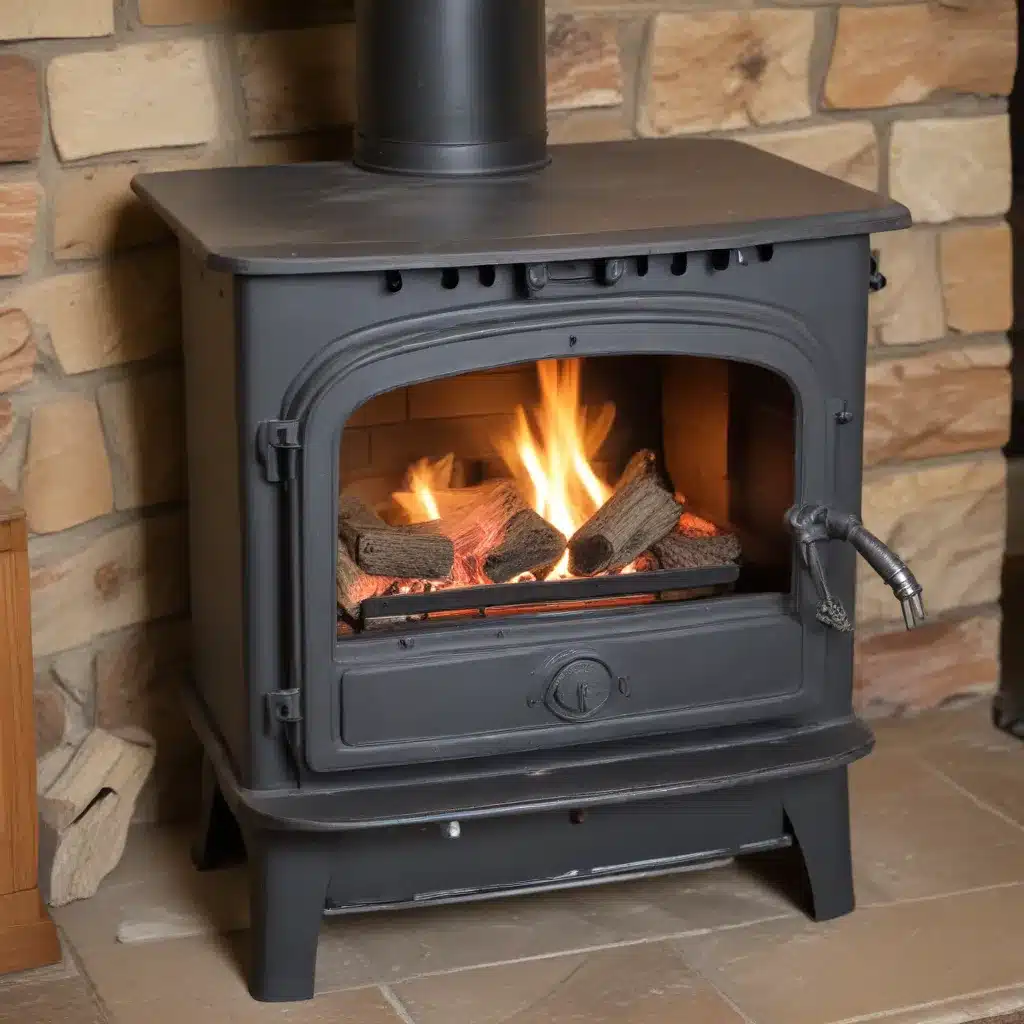
As a seasoned expert in wood stoves and heating solutions, I’m here to provide you with practical tips and in-depth insights on maintaining the longevity of your wood stove. One of the most critical aspects of wood stove maintenance is the proper removal and disposal of ash. In this comprehensive guide, we’ll explore the steps to ensure your wood stove continues to operate efficiently and safely for years to come.
The Importance of Ash Removal
Ash accumulation is a natural byproduct of burning wood in your stove. While it may seem like a minor task, neglecting ash removal can have serious consequences. Allowing ash to build up can lead to decreased airflow, reduced efficiency, and even potential fire hazards. By proactively removing ash on a regular basis, you’ll extend the life of your wood stove and maintain its optimal performance.
Recognizing the Signs of Ash Buildup
Keeping an eye on the condition of your wood stove’s burn can help you identify when it’s time to remove the ash. Look for the following signs:
- Reduced Flame Quality: If the flames appear dull, lethargic, or primarily coming from the sides of the burn platform, it could indicate a buildup of ash restricting airflow.
- Increased Smoke: Excessive smoke pouring out of your wood stove may signal that the airflow is obstructed, causing incomplete combustion.
- Clinkers Formation: Ash that has solidified into hard, fused clumps, known as clinkers, can prevent proper fuel ignition and airflow.
Addressing these issues promptly by removing the accumulated ash is crucial to maintaining your wood stove’s efficiency and safety.
Step-by-Step Ash Removal
Properly removing and disposing of ash from your wood stove involves a few key steps:
1. Allow the Ashes to Cool Completely
After extinguishing the fire, it’s essential to wait at least 24 hours before attempting to remove the ashes. This waiting period ensures that any lingering embers have fully cooled, eliminating the risk of fire or burns during the ash removal process.
2. Use the Appropriate Tools
When removing ashes, use a metal shovel or ash vacuum specifically designed for high-temperature environments. Avoid using a standard household vacuum, as the fine ash particles can damage the vacuum’s internal components and potentially cause a fire.
3. Carefully Transfer the Ashes
Gently scoop the ashes into a metal container with a tight-fitting lid. This container should be placed on a non-combustible surface, such as ceramic tile, stone, or concrete, and kept away from any flammable materials.
4. Dispose of the Ashes Safely
Once the ashes have had ample time to cool, typically several days, you can safely dispose of them. The most common and environmentally friendly method is to sprinkle the ashes onto your garden or compost pile, where they can serve as a valuable soil amendment.
Alternatively, you can bag the ashes and include them with your regular household waste, ensuring the container is tightly sealed to prevent any potential hazards.
Maximizing the Benefits of Ash Disposal
While many homeowners view ash removal as a necessary chore, the versatility of wood stove ashes presents several opportunities to repurpose this byproduct. Consider the following ways to put your wood stove ashes to good use:
Enhancing Your Garden
Wood stove ashes are rich in potassium and can help balance the pH levels in your soil, making them an excellent addition to your garden. Sprinkle a thin layer of ashes around your plants, particularly those that thrive in alkaline conditions, such as tomatoes, roses, and hydrangeas.
Creating Natural Pest Deterrents
The abrasive nature of wood stove ashes can be an effective way to deter unwanted pests in your garden. Sprinkle ashes around the base of plants to create a barrier that slugs, snails, and ants find unpleasant to cross.
Improving Traction on Icy Surfaces
During the winter months, wood stove ashes can be used to provide traction on icy walkways and driveways. The gritty texture of the ashes helps create grip, making these surfaces safer for foot and vehicle traffic.
Cleaning and Polishing
Believe it or not, wood stove ashes can also be used as a natural abrasive for cleaning and polishing. Use them to scrub away stubborn grime on fireplace doors or to give your silverware a sparkling shine.
By exploring these innovative uses for your wood stove ashes, you can reduce waste, promote sustainability, and unlock the hidden value in this often-overlooked byproduct.
Maintaining a Safe and Efficient Wood Stove
Proper ash removal is just one aspect of maintaining a safe and efficient wood stove. To ensure your heating system continues to perform at its best, it’s essential to work with a professional wood stove expert for comprehensive maintenance and service.
At https://woodstoveheaters.com/, our team of seasoned experts can provide thorough inspections, cleaning, and necessary repairs to keep your wood stove in top condition. From addressing air leaks and adjusting door latches to cleaning the exhaust system and ensuring proper airflow, we have the knowledge and tools to extend the life of your wood stove.
Don’t wait until a problem arises; prioritize regular wood stove maintenance to enjoy the warmth and comfort of your heating system for years to come. Contact us today to schedule a service appointment and take the first step towards a safer, more efficient, and longer-lasting wood stove.


